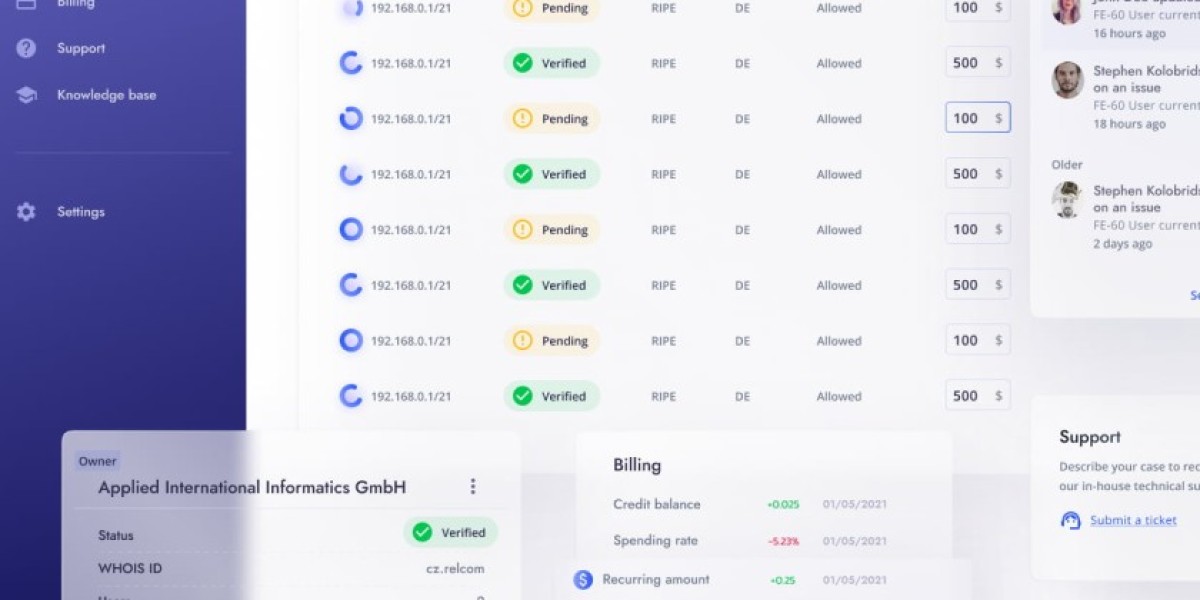Unlocking the Magic of FDM 3D Printing: Discover How It Works and Why You Need It!
In the rapidly evolving landscape of modern manufacturing, FDM 3D printing technology has emerged as a revolutionary force, captivating the interest of both hobbyists and professionals alike. FDM, or Fused Deposition Modeling, is a process that allows users to create intricate three-dimensional objects by layering materials in a precise manner. This article aims to demystify FDM 3D printing, exploring its underlying principles, operational mechanics, and the myriad benefits it offers. Whether you’re an engineer looking to prototype a new design or a craft enthusiast eager to bring your creative visions to life, understanding FDM technology is essential. Join us as we delve into the fascinating world of FDM 3D printing and uncover why it holds the key to the future of manufacturing.

Understanding FDM 3D Printing Technology
Fused Deposition Modeling (FDM) is a popular 3D printing technology that operates on a simple yet effective principle: it creates objects by extruding melted plastic through a nozzle, layer by layer, until the final structure is complete. The process begins with a digital model, usually created using Computer-Aided Design (CAD) software. This model is then sliced into thin horizontal layers, which serve as the blueprint for the printer. The 3D printer heats the thermoplastic filament to its melting point, allowing it to flow through the nozzle and adhere to the previous layer. This layer-by-layer building process not only allows for the creation of complex geometries but also ensures precision and accuracy in the final product. A close friend of mine, who is an avid 3D printing enthusiast, often emphasizes how satisfying it is to watch a design come to life, gradually materializing from mere digital files into tangible objects. FDM technology has become a cornerstone of the additive manufacturing industry due to its effectiveness and accessibility.
How FDM 3D Printing Works
The FDM 3D printing process involves several key steps that transform a digital design into a physical object. It begins with design preparation, where a 3D model is created or chosen. This model is then imported into slicing software that converts it into a format the printer can understand. The slicing software divides the model into individual layers and generates the necessary G-code instructions for the printer. Once the model is sliced, the actual printing process begins. The printer heats the thermoplastic filament and extrudes it through a nozzle, depositing it in precise locations to build the object layer by layer. After the printing is complete, post-processing steps may be required, such as removing support structures or smoothing surfaces to enhance the final appearance. Common materials used in FDM 3D printing include PLA (Polylactic Acid), ABS (Acrylonitrile Butadiene Styrene), and PETG (Polyethylene Terephthalate Glycol). Each material has its unique properties, making them suitable for different applications, from durable prototypes to intricate artistic designs. I remember my friend's first experience with FDM printing; he was amazed by how quickly he could go from concept to creation!
Benefits of FDM 3D Printing
FDM 3D printing offers a multitude of advantages that make it an appealing choice for both professionals and hobbyists. One of the most significant benefits is its cost-effectiveness. Compared to traditional manufacturing methods, FDM printing allows for lower production costs, especially for small batch runs or one-off prototypes. Additionally, the technology is highly accessible; with the decreasing cost of 3D printers and materials, more individuals can experiment and create. Design flexibility is another crucial advantage of FDM printing. It enables users to produce complex shapes and structures that would be difficult, if not impossible, to achieve with conventional methods. This flexibility opens up a realm of possibilities for innovation across various industries. Furthermore, FDM 3D printing can produce lightweight components with intricate geometries, thus optimizing material usage and reducing waste. In my experience, witnessing how my friend's 3D printer enabled him to produce custom parts for his bike was a testament to the technology's versatility. From rapid prototyping to educational projects, FDM technology has proven to be a valuable tool for creativity and efficiency.
Common Applications of FDM 3D Printing
The applications of FDM 3D printing span across diverse industries, showcasing its versatility and utility. In the aerospace sector, engineers utilize FDM technology to create lightweight prototypes and components that enhance fuel efficiency and performance. The automotive industry also benefits significantly from FDM printing, using it for prototyping parts and even producing end-use components, resulting in reduced lead times and costs. In healthcare, FDM 3D printing plays a crucial role in producing patient-specific models for surgical planning, as well as custom prosthetics and dental devices. Education is another sector where FDM technology shines, allowing students to engage in hands-on learning experiences by bringing their designs to life. Moreover, many universities have integrated 3D printing into their curricula, fostering innovation and creativity among students. A colleague of mine in the education field has seen firsthand how students are inspired to explore engineering concepts through 3D printing projects, emphasizing the technology's impact on learning. The diverse applications of FDM 3D printing illustrate its role as a catalyst for innovation across multiple domains.
Benefits and Future of FDM 3D Printing
In summary, FDM 3D printing technology offers an exciting glimpse into the future of manufacturing and innovation. By understanding how this technology works and recognizing its numerous benefits, from cost-effectiveness to design flexibility, individuals and organizations can harness its potential for their projects. As we continue to explore the possibilities of FDM 3D printing, it is evident that this technology is not just a passing trend but a transformative tool that can reshape how we create and innovate. Whether you are a seasoned professional or a curious newcomer, embracing FDM 3D printing could unlock new opportunities and revolutionize your approach to design and production.






